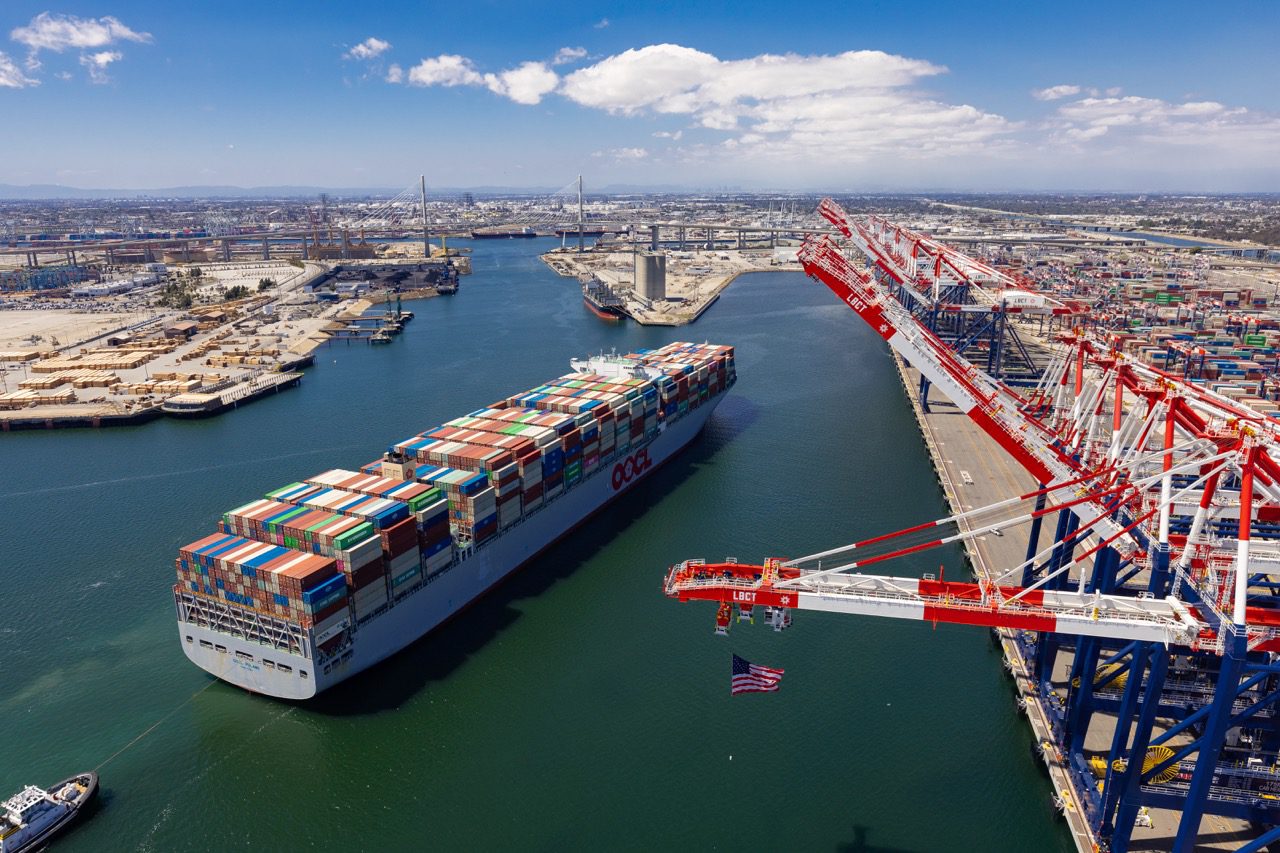Photo: Flickr/Bryan Burke
By Liam Denning
(Bloomberg Gadfly) — Big Oil just doesn’t seem to be as enamored with the ‘big’ thing as it once was.
Another major project, Alaska LNG, has bitten the dust: The Wall Street Journal reported over the weekend that Exxon Mobil wants to sell its stake to the state government. Granted, liquefied natural gas is maxed out on supply right now; only last week, Exxon’s own partner in another project spoke of a “revolution” in the market (NB: Big oil companies aren’t very fond of revolutions). So piling into a new project expected to cost north of $45 billion is not exactly a sound course of action.
Big 5 Oil Majors’ 10-Year Capex Bill: $1.2 Trillion
But this isn’t just about LNG. The major oil companies have been cutting capital expenditure budgets and canceling or delaying major new projects across the board. Deepwater projects, which are typically big-ticket, complex developments, have been among the hardest hit, according to Wood Mackenzie, an energy consultancy. Meanwhile, an analysis of Exxon Mobil published in April by boutique bank Tudor, Pickering, Holt concluded the company hadn’t “sanctioned any major operated upstream projects of note” for two years.
Money’s tight, obviously, and shareholders want their dividends. Another issue, though, may simply be one of scale: Is big really always better?
Looking at this chart, adapted from one put together by Bain, the answer appears to be no.
Some of that capex went into downstream and chemicals, but the overwhelming majority went into the upstream part of the business. Before the crash, Big Oil’s annual spending went up by a factor of 3 compared to the early 2000s, yet its production actually went down. Generally, you’d expect that arrow to be going in the opposite direction: Deploy more capital, boost barrels of supply.
The reasons for this are debatable, but usually involve a mixture of “peak oil” fears — that is, the best fields have already been found — governments restricting access to resources, and higher costs for labor and equipment as every company tries to grow at the same time.
The other factor could be sheer complexity. In a presentation back in May, Chevron pointed out just how few oil and gas projects actually get done on time and on budget and meet expectations:
Harry Benham is an oil industry veteran who now runs his own consulting firm, Carbury Consulting. He contrasts the performance of the major oil companies with the U.S. shale industry. By his count, $1.5 trillion of spending by 8 of the top integrated oil companies produced a decline of 1 million barrels of oil equivalent per day in their output between 2003 and 2015. In contrast, he points to the U.S. shale industry spending a fraction of that amount to raise its output by 4.5 million barrels of oil equivalent per day.
Shale drilling’s true efficiency gains are uncertain given the importance of high-grading by producers — targeting the best geology — and service companies cutting their fees. But there have clearly been some gains, in terms of such things as faster drilling and experimenting with longer well lengths, that have enabled lower costs per well in certain regions of the U.S.
For Benham, it is this ability to apply lessons from one well to another that sets shale drilling apart from many mega-projects. He draws parallels with other large, complex projects such as nuclear power plants, where the bespoke approach required for each one makes it hard to apply lessons learned in earlier projects. That makes it hard to gain scale efficiencies:
Mega-projects are highly complex one-offs, and demand very experienced teams to manage their unique difficulties. These intrinsic characteristics prevent conventional manufacturing mechanisms of cost improvements such as standardization at a distance and trial-and-error advances that lead to rapid sustainable technical learning and cost reductions.
It’s no accident that Chevron, which is deeply negative in terms of free cash flow, plans to switch the majority of its capital expenditure to “short-cycle” projects in the next few years — meaning less-complex developments such as its Permian shale assets. Nor is it coincidental that oilfield services firms such as Schlumberger, which have borne the brunt of cost-cutting in the energy business, are calling for oil majors to rethink their approach to designing and developing new projects.
When you throw in the potential for long-term oil demand projections to be upended by disruptions such as electric vehicles, committing to spend billions now on big projects that don’t pay out for years is doubly risky — and that’s assuming those projects come in on time and on budget. The big question facing Big Oil is whether its most obvious attribute is more of a curse than a blessing.
— ‘Trouble With the Curve’ graphic by Rani Molla
This column does not necessarily reflect the opinion of Bloomberg LP and its owners.
© 2016 Bloomberg L.P

 Join The Club
Join The Club











